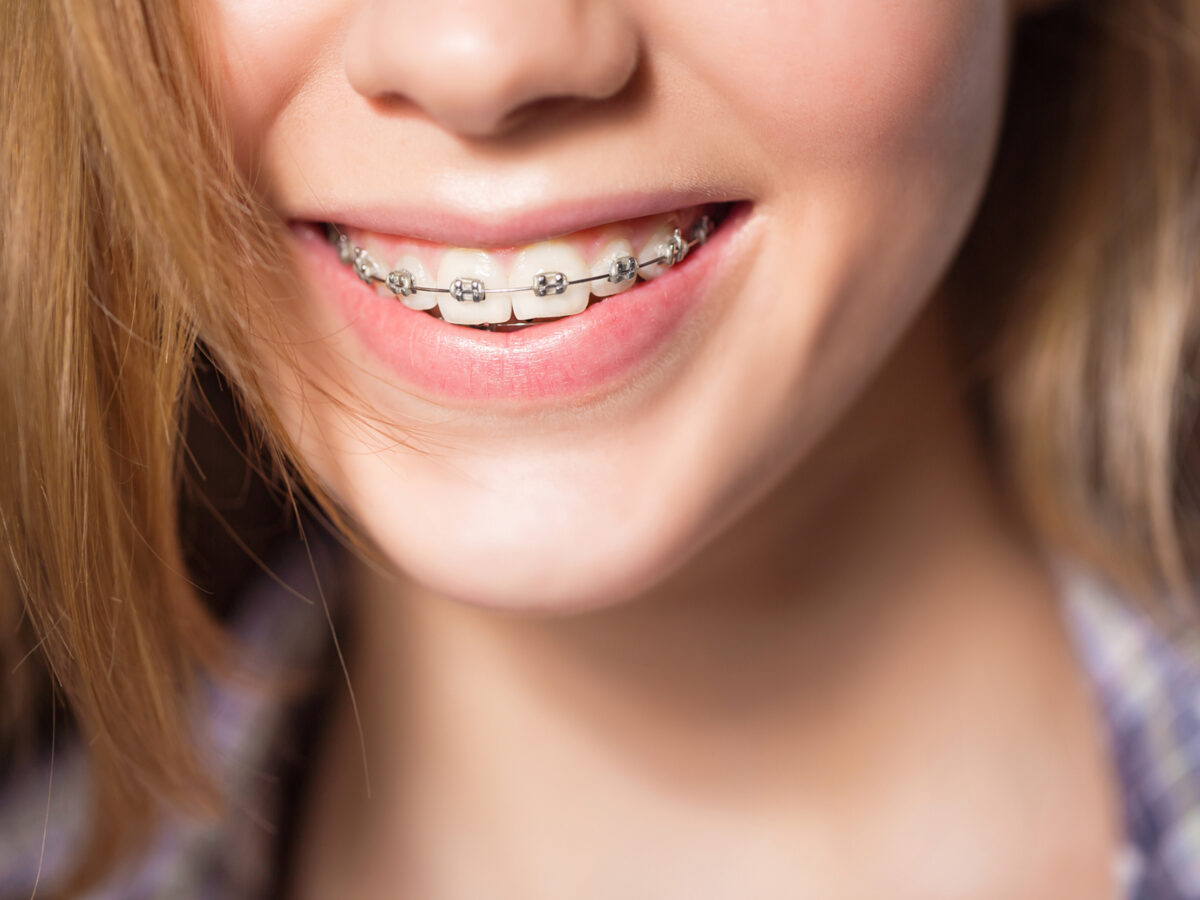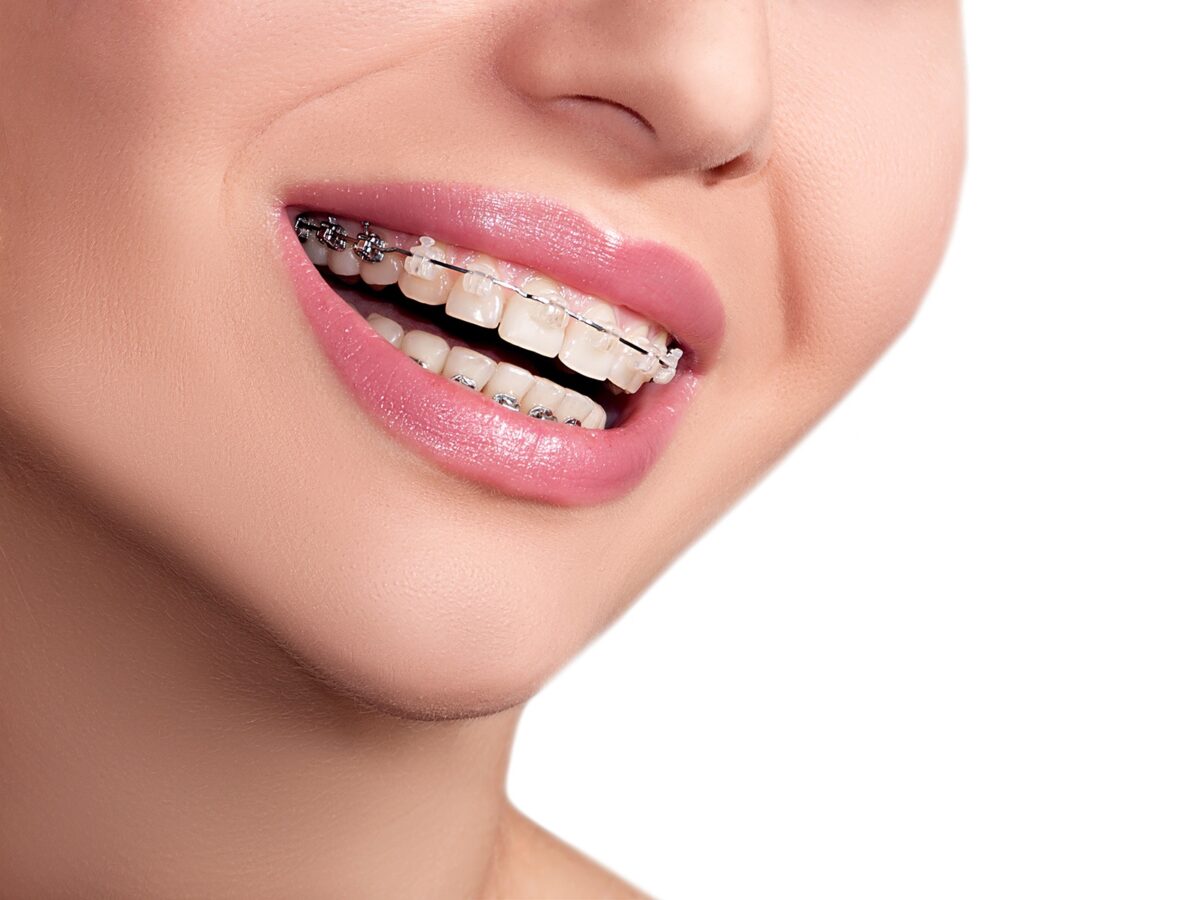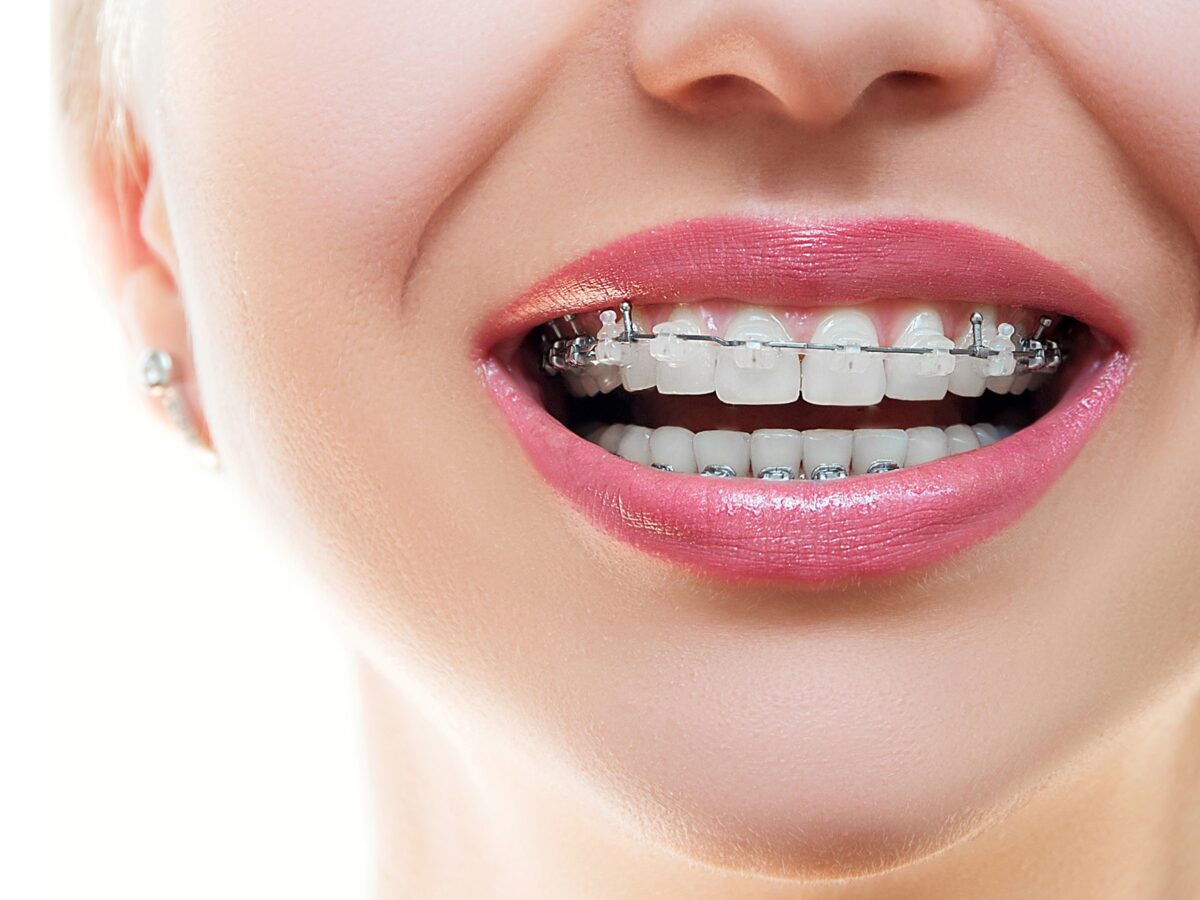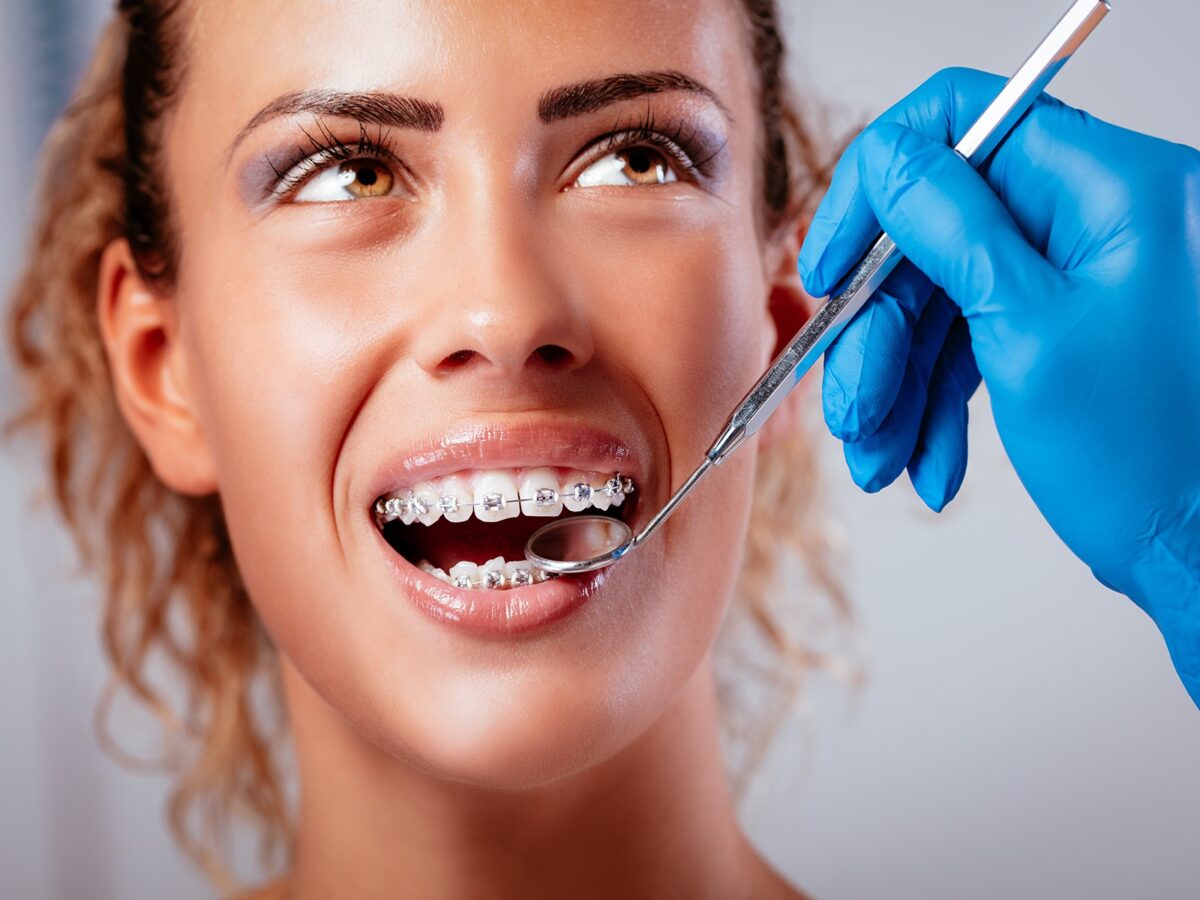Typically, braces can be used to treat underbites, overbites, crooked teeth, crowded teeth, and teeth with large gaps. In terms of braces, they offer just as many options as the problems they solve. That’s why deciding whether to have braces can seem difficult. Considering all the orthodontic treatment options out there, you might not know where to turn. Most people are concerned with comfort and appearance when choosing braces. Other factors could include the duration of treatment or dietary restrictions. Fortunately, there is a solution for everyone.
Types of Braces
The most common types of braces are:
Metal Braces
High-quality stainless steel is used to make these traditional braces. With brackets on the teeth attached to an archwire, even pressure is applied to move the teeth in the right direction.
Ceramic Braces
Most patients are attracted to ceramic braces because they use tooth-colored brackets instead of metal and white wires. These braces are practically invisible. Compared to metal braces, they are a popular choice for adults who prefer the subtle look.
Furthermore, ceramic braces are very convenient for patients who enjoy taking their photos or attending important events while wearing braces.
Lingual Braces
Lingual braces, also known as inside braces, are made to fit the contours of the insides of each tooth. A wire connects the brackets and pulls the teeth into position by pulling from the inside. These braces are just as effective as standard outside braces but require more time to install since each bracket is custom made.
Invisalign
Invisalign is one of the most recent orthodontic treatment options. Patients are instructed to wear a series of custom plastic bite trays for two weeks each to move their teeth into a better position slowly. The aligners are virtually invisible and more comfortable to wear with no metal parts to irritate gums and inside the mouth.
After knowing all the common types of braces, it becomes easy to pick the best fit for you.
Schedule your appointment with a dentist today and get the treatment on time!






